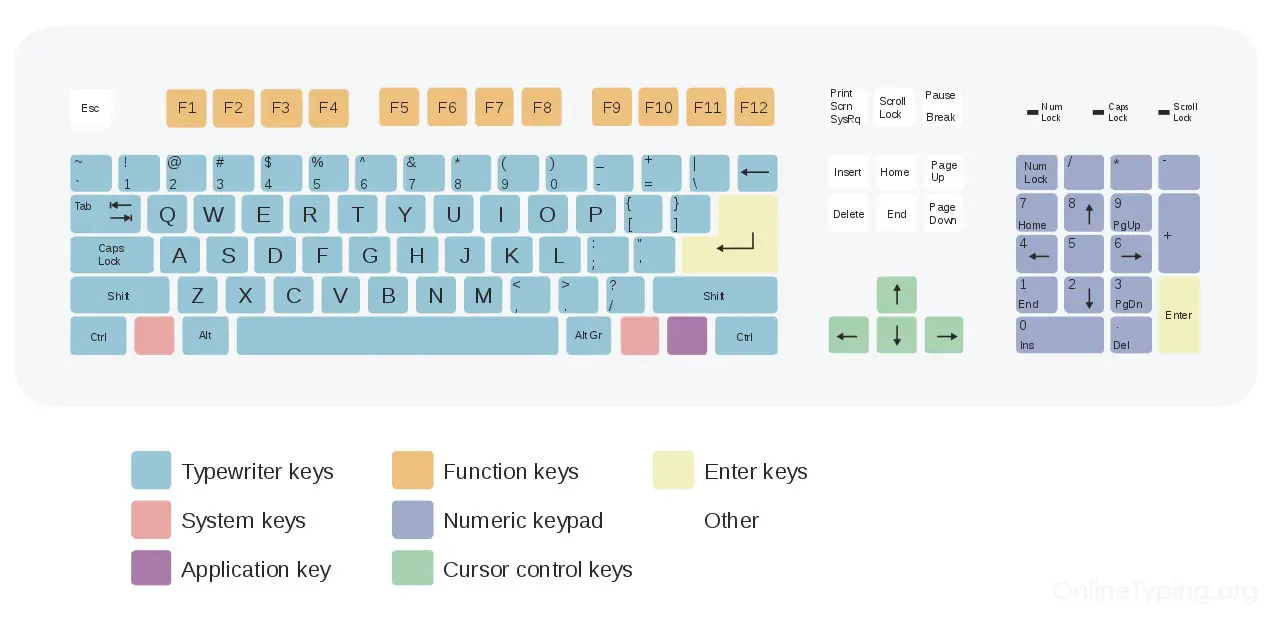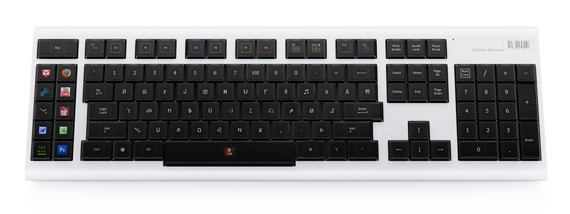

There are other layouts available namely Capewell, Arensito, Carpal X, etc.Īfter some research I decided on Colemak because of its metrics and probably Everyone in theĪlternative keyboard layout crowd seemed to be raving about it. Travel, hand alternation, and same finger frequency. It was released in 2006 and boasted impressive metrics in terms of finger Relatively new player in the game compared to QWERTY and Dvorak. Then I stumbled upon a layout called Colemak, a The way Dvorak was laid out especially for the weak fingers of the right Terminal, I had to shake my head and sadly walk away from it. I went ahead and tried it out and soon enough after doing “ls -latr” on the The first alternative keyboard layout that came to mind isĬreated in the 1930’s and promised to be vastly superior to QWERTY. Were placed apart from each other to prevent them from jamming. Keep the types from jamming against each other. Supposedly designed for typewriters to solve a very specific problem–to One way to do this is to switch to a different keyboard layout I’ve tried many different ways to help make Introducing the Workman Keyboard Layoutīeing a programmer, I type a lot and I suffer from Repetitive Strain Injury.Using a keyboard layout like Colemak that wants to " make typing easier by placing the most frequent letters under the strongest fingers" could be interesting, but 20% reduction of finger movements, (in theory), could have an impact, how much? 5% or 10% or more?. There are several causes for this types of injury. what about the sustained or awkward positions? Is there any evidence that alternative keyboard layouts prevent injury?Īs said in the Definition you are trying to reduce repetitive tasks by changing the keyboard layout. Some times when there isn't a proper pad, I put one of my thin books under my forearm! I would definitely recommend a mouse pad that supports your wrist and forearm together. This is why there are many ergonomic keyboards, mouses and mouse pads: and I have visited a physiotherapist and advised to use rigid wrist braces and also learnt to keep my forearm-wrist-fingers straight. I had Mild Carpal tunnel syndrome on both hands around 8 years ago. Repeated motion of your wrist contribute to swelling and compression of the median nerve. It is also mentioned that Carpal tunnel syndrome can be made worse if the wrist is overextended repeatedly. autoimmune disorders such as rheumatoid arthritis.fluid retention from pregnancy or menopause.Some of the most frequent conditions are: There are several causes for an injury, like carpal tunnel syndrome, in jobs that involve repetitive wrist movement. Six years later, when I was forced by a job to switch back to Qwerty for a year or so, I noticed a marked difference in the fatigue in my hands at the end of the day.Ī Definition: A repetitive strain injury (RSI) is an injury to the musculoskeletal and nervous systems that may be caused by repetitive tasks, forceful exertions, vibrations, mechanical compression, or sustained or awkward positions. Unfortunately, there's also not enough money in it to justify large studies, especially when they can already show verifiable finger travel data like you quoted.Īnecdotally, I switched to Dvorak in college on the promise of increased speed, which I found to be true (went from ~50 wpm on Qwerty to ~90 wpm on Dvorak in a few months of practice). But proving that this amount of change is sufficient to prevent injury, or that it is more effective than just getting a curved or tilted ergonomic keyboard, is difficult. As you quoted from the Colemak site, they can do simulations from standard typing loads and show less flex, less travel, etc, which equates to less of the damaging repetition. As a result, they rely on anecdotal and self reported evidence, but then compile and configure it such that it approximates a large group study.īased on the repetitive nature of RSI, anything that can reduce the length of motion, number of moves, or effort involved has the ability to reduce the chance of injury. Second, they can't really do tests on people where the expected outcome for some of the subjects is injury.

First, RSI usually takes years before onset, so it's not a good fit for most controlled trials that need results in weeks or months. The problem with trying to set up a scientific study of RSI factors is twofold.


 0 kommentar(er)
0 kommentar(er)
